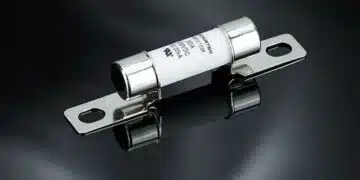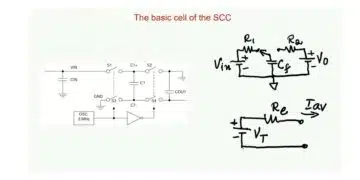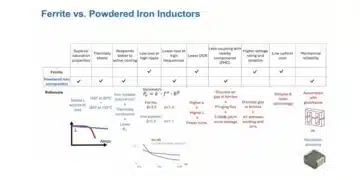- Home
- NewsFilter
- All
- Aerospace & Defence
- Antenna
- Applications
- Automotive
- Capacitors
- Circuit Protection Devices
- electro-mechanical news
- Filters
- Fuses
- Inductors
- Industrial
- Integrated Passives
- inter-connect news
- Market & Supply Chain
- Market Insights
- Medical
- Modelling and Simulation
- New Materials & Supply
- New Technologies
- Non-linear Passives
- Oscillators
- Passive Sensors News
- Resistors
- RF & Microwave
- Telecommunication
- Weekly Digest
- VideoFilter
- Knowledge Blog
- Suppliers
- Events
- Home
- NewsFilter
- All
- Aerospace & Defence
- Antenna
- Applications
- Automotive
- Capacitors
- Circuit Protection Devices
- electro-mechanical news
- Filters
- Fuses
- Inductors
- Industrial
- Integrated Passives
- inter-connect news
- Market & Supply Chain
- Market Insights
- Medical
- Modelling and Simulation
- New Materials & Supply
- New Technologies
- Non-linear Passives
- Oscillators
- Passive Sensors News
- Resistors
- RF & Microwave
- Telecommunication
- Weekly Digest
- VideoFilter
- Knowledge Blog
- Suppliers
- Events

- This event has passed.
Wirebond Materials, Processes, Reliability and Testing
March 24 @ 12:00 - March 26 @ 14:15 EDT
$895Wirebond Materials, Processes, Reliability and Testing
Instructor: Lee Levine
Description: Wire Bonding is a welding process that is the dominant chip interconnection method. More than 15 trillion wires are bonded annually. In the past, gold wire was the dominant material in use, but in 2015 copper and palladium coated copper wire captured more than 51% of the total market. Copper provides benefits in cost, improved conductivity, stiffness and reliability. However, it is significantly harder than gold and achieving a robust, reliable process is more challenging.
With the high productivity and growth rate of wire bonding, it is one of the most reliable manufacturing processes. Achieving high yields requires rigorous attention to details and excellent statistical process control. Wire bonding high-volume lead-frames often generates defect rates below 10ppm, this presents a significant barrier to entry for any process competitor, but copper is meeting the challenge in high-volume manufacturing.
This course is intended for wire bond process engineers, technicians, quality control engineers and managers.
The course will cover:
Introduction
- A snapshot of some microelectronic packages
- Size of the market
- Cost of a wire bond
Ultrasonic Welding
- How ultrasonics effects a materials deformation
- The principal ultrasonic welding parameters
- Diffusion
Intermetallics and Intermetallic Failures- Gold and Copper
- Formation of intermetallic alloys
- Diffusion transformations during the life and death of a bond
Copper wire bonding
- Effects of bonding parameters
- Getting started with copper ball bonding
Wire
Wedge bond vs ball bond parameters and comparison
Ball Bumping
Related
Details
- Start:
- March 24 @ 12:00 EDT
- End:
- March 26 @ 14:15 EDT
- Cost:
- $895
- Event Category:
- TJGreen
- Website:
- https://store.tjgreenllc.com/product/virtual-wirebond-materials-processes-reliability-and-testing/
Venue
- virtual
Organizer
- TJ Green Associates
- View Organizer Website

© EPCI - Leading Passive Components Educational and Information Site



















